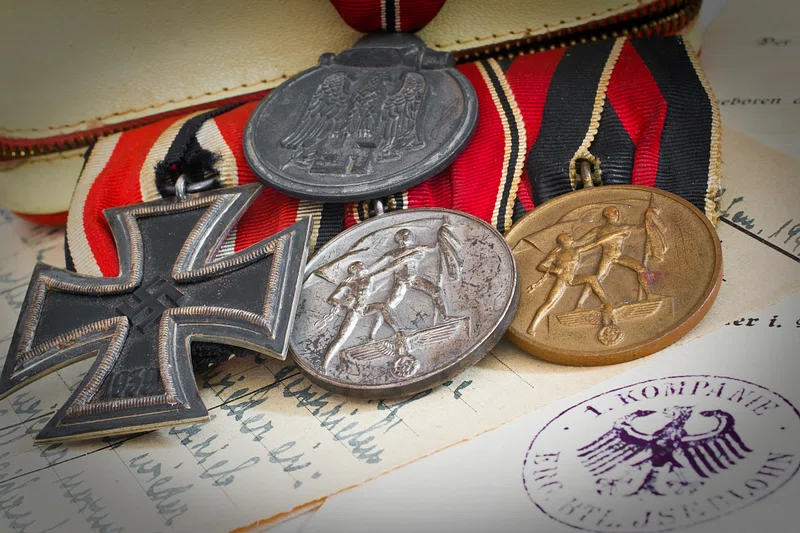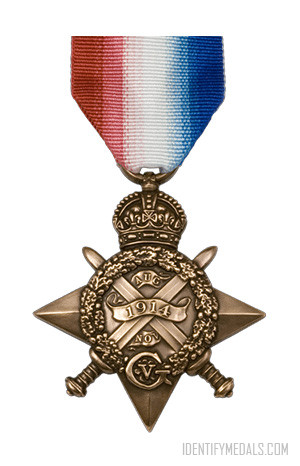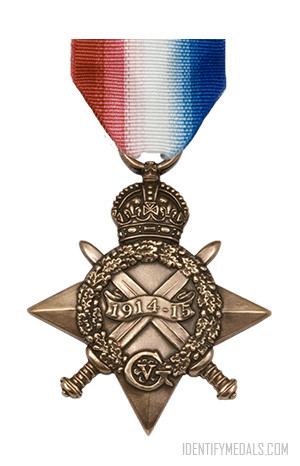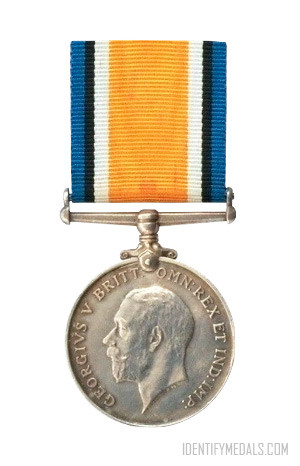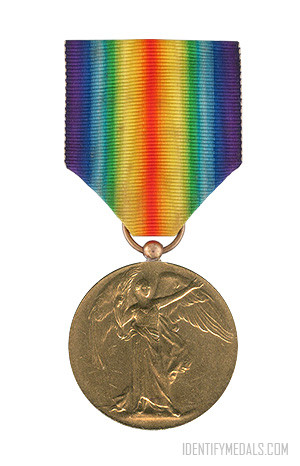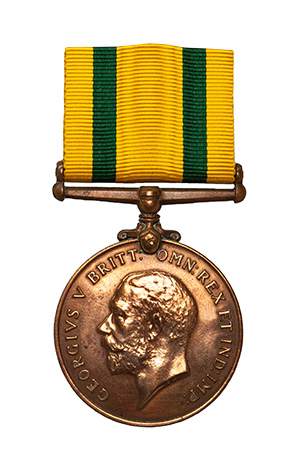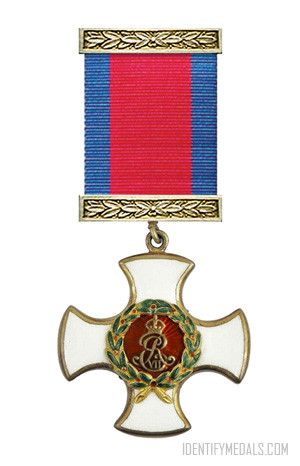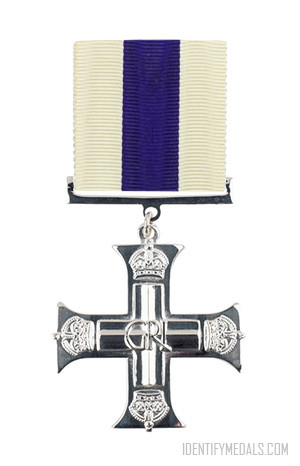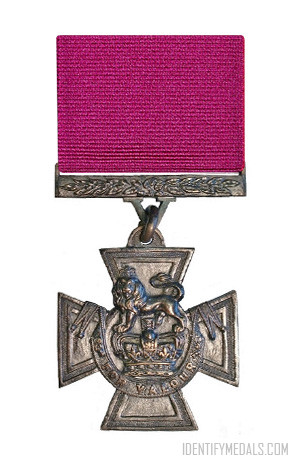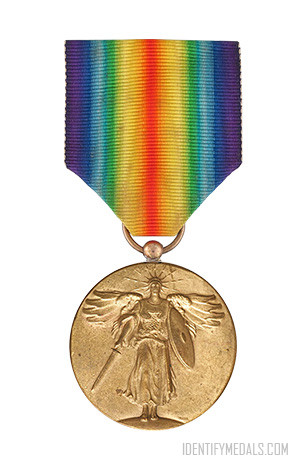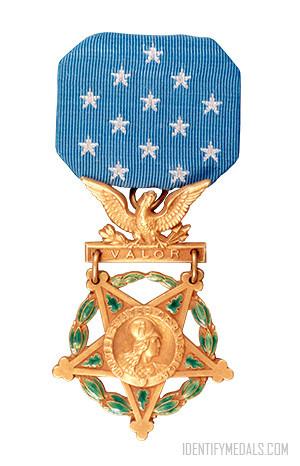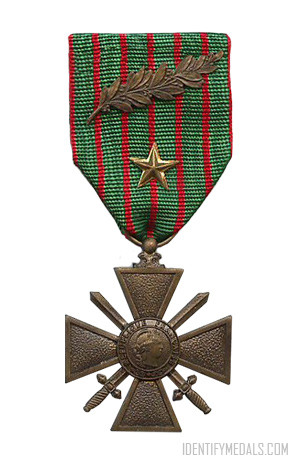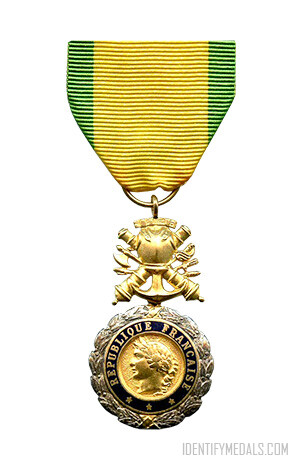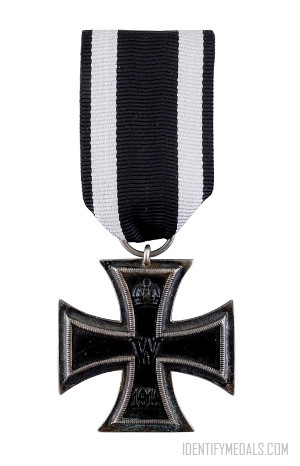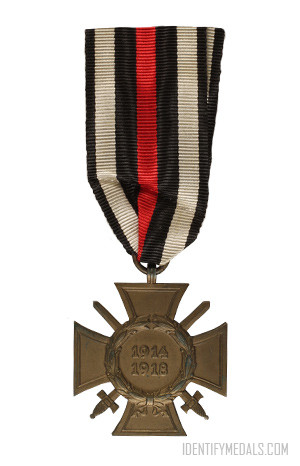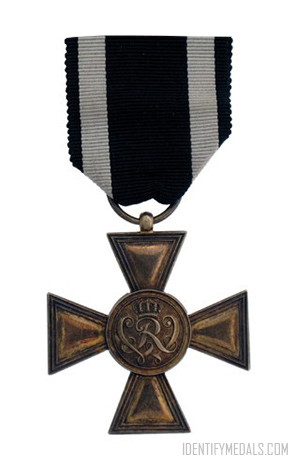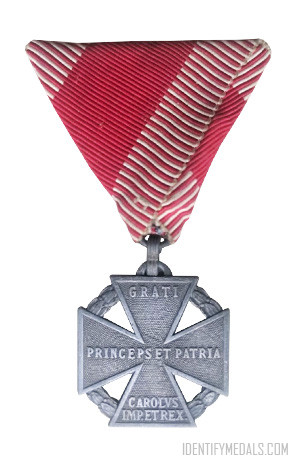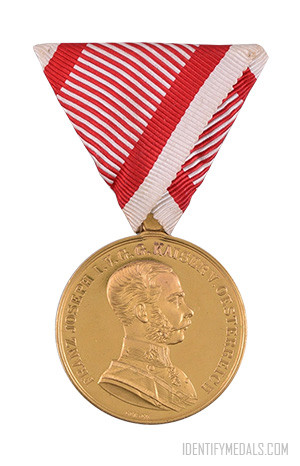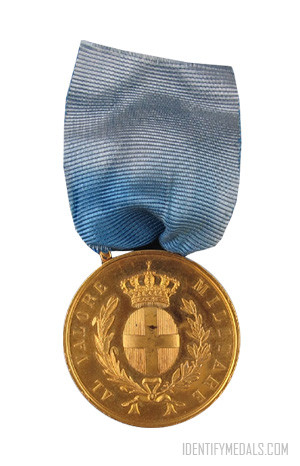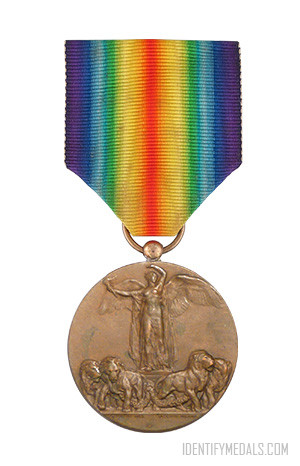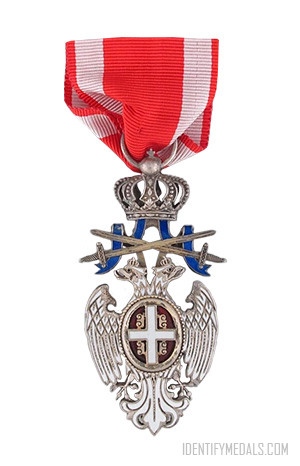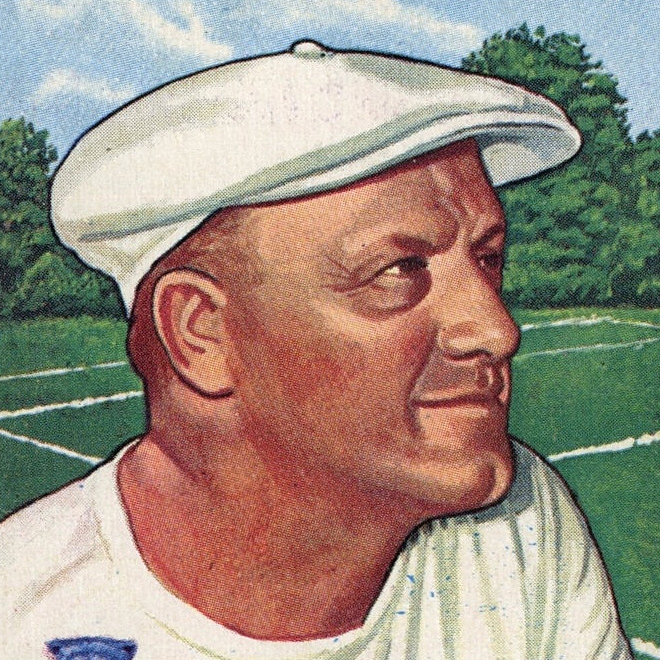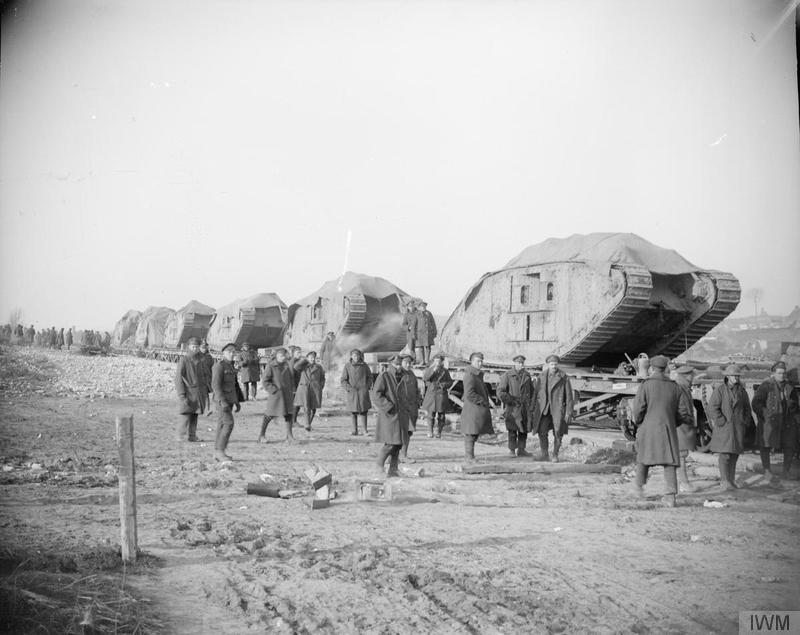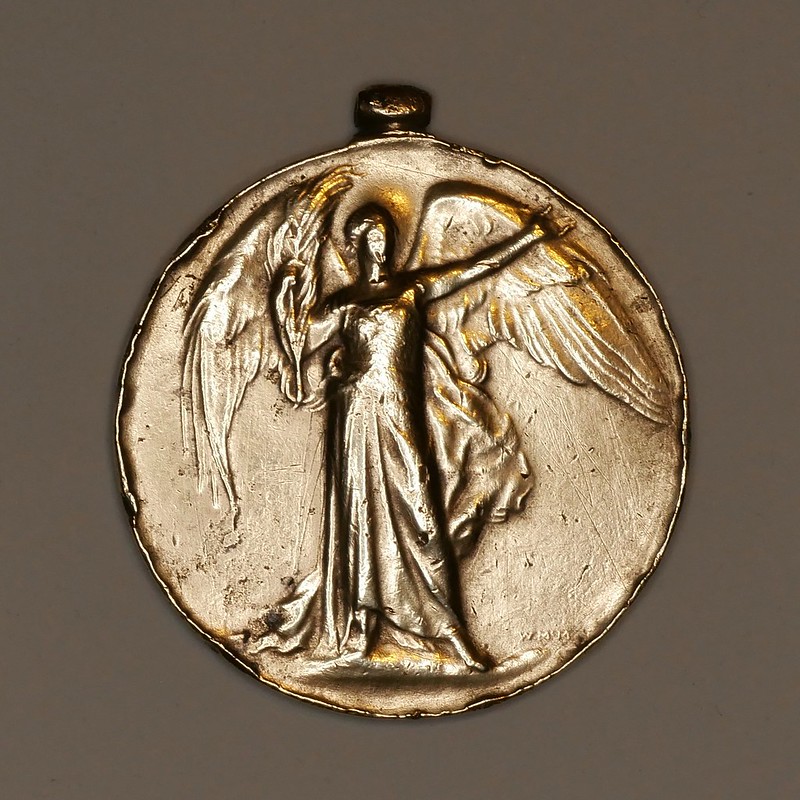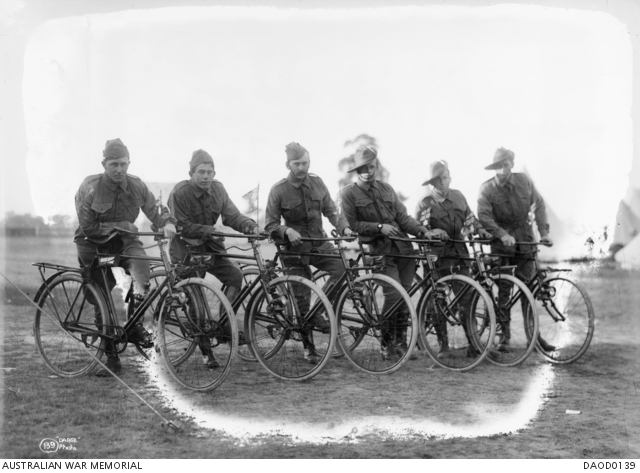The First World War (1914–1918) resulted in a wide variety of medals being awarded to military personnel, civilians, and allies of the participating nations. If you came across one of these, you’re probably wondering its history. This is where this article might come in handy.
Each participating nation in the First World War issued its own set of medals, many of which are highly distinctive. For example, the United Kingdom and Commonwealth nations issued several decorations to recognize the contributions of their military personnel, such as the 1914 Star (also known as the Mons Star), the British War Medal, and the Inter-Allied Victory Medal. Of course, the same happened in other countries like the United States, France, and Germany.
How to Identify WW1 Medals
Let’s start with some basic tips that can help you identify your World War I medals.
Step 1:
Examine the Design
The design of a medal often provides immediate clues about its origin and purpose. These are some key features to look for:
Symbols and Figures: Many WW1 medals feature symbolic imagery, such as Britannia, Victory, or military emblems.
- For example, the British War Medal displays a horseman representing St. George trampling the emblems of war, symbolizing triumph.
- The Victory Medal features a winged figure of Victory, a universal symbol among Allied medals.
Dates: Medals often include the years of service or conflict they commemorate. For instance, the 1914 Star is inscribed with “1914” at the center.
Sovereign’s Effigy: British and Commonwealth medals often depict King George V on the obverse (front), making them easily distinguishable.
National Emblems: You can also look for unique elements like national crests, animals, or flags that tie the medal to its issuing country. For example, the French Croix de Guerre features crossed swords and a laurel wreath.
Step 2:
Check the Ribbon
Ribbons are an essential component of medal identification and vary significantly in color and pattern. Some of them are pretty unique. For example:
- The 1914 Star and 1914–15 Star share a ribbon with a red, white, and blue gradient, representing the Allied nations.
- The British War Medal features a ribbon with orange, white, black, and blue stripes symbolizing the dawn, darkness, and the ocean.
- The Victory Medal ribbon has a rainbow pattern, symbolizing hope and peace.
- The Territorial Force War Medal has a green and yellow striped ribbon, unique among British WW1 medals.
Step 3:
Inspect the Inscription on the Rim
One of the most distinctive features of British WW1 medals is the engraved or stamped inscription on the rim, providing a personal connection to the recipient.
Details Included:
- Name: Typically full name or initials.
- Rank: The rank held by the recipient during their service.
- Regiment or Service Number: This helps trace the recipient’s military record.
Reading the Inscription: Use a magnifying glass or proper lighting if the inscription is faint. For example, a rim marked “Pte. J. Smith, 1st Bn. Royal Fusiliers” indicates Private John Smith of the 1st Battalion, Royal Fusiliers.
Step 4:
See the Material
The material used in a medal’s production can hint at its significance and the economic conditions of the time.
Metals Used:
- Silver: Commonly used for the British War Medal, it tarnishes over time but can be polished.
- Bronze: Used for medals such as the Territorial Force War Medal or for certain ranks and roles.
- Gilt Bronze: Seen in decorative medals like the Victory Medal, giving it a golden appearance.
- Iron or Base Metals: German Iron Crosses, for instance, were made from iron with a silver frame.
Weight and Wear: Genuine medals often have a solid, heavy feel compared to replicas or modern reproductions. Patina, scratches, or dents can reflect the medal’s age and usage.
Researching the Award Criteria
Understanding the context and criteria for a medal’s issuance is crucial for accurate identification. For example, the 1914 Star was only awarded to those who served in France or Belgium before November 22, 1914. The 1914–15 Star followed for later arrivals.
Some medals were also only awarded for service in specific regions or battles. For instance, the Hindenburg Cross in Germany was issued to veterans of the Western Front. And decorations like the Victoria Cross were given for extreme acts of bravery and are very rare.
Bar Clasps and Decorations:
Bars or clasps were added to certain medals to denote participation in specific campaigns or battles. For example, a bar inscribed with “5th Aug.-22nd Nov. 1914” on the 1914 Star indicates frontline service during this period.
Most Common WW1 Medals
Here are some common World War I medals you might find:
United Kingdom
- Awarded to: Soldiers who served in France or Belgium between August 5 and November 22, 1914.
- Key Features: A bronze star with crossed swords and a laurel wreath.
- Ribbon: Red, white, and blue gradient.
United Kingdom
- Awarded to: Personnel who served in any theater of war between August 5, 1914, and December 31, 1915, but were not eligible for the 1914 Star.
- Key Features: Similar in design to the 1914 Star but marked “1914–15.”
- Ribbon: Identical to the 1914 Star.
United Kingdom
- Awarded to: All personnel who served overseas or in home defense during the war.
- Key Features: A silver (or bronze for some roles) medal depicting King George V and a horseman trampling emblems of war.
- Ribbon: Orange, white, black, and blue stripes.
United Kingdom
- Awarded to: All Allied personnel who served in WW1, often in conjunction with the British War Medal.
- Key Features: A bronze medal featuring a winged figure of Victory.
- Ribbon: A rainbow spectrum.
United Kingdom
- Awarded to: Territorial Force members who volunteered for overseas service during the war.
- Key Features: Bronze medal with an inscription on the reverse reading “For Voluntary Service Overseas.”
- Ribbon: Green, white, and yellow stripes.
United Kingdom
- Awarded to: Officers for meritorious or distinguished service in combat.
- Key Features: A gold and enamel medal with a white enamel cross and crown.
United Kingdom
- Awarded to: Junior officers and warrant officers for gallantry.
- Key Features: A silver cross medal with straight arms, featuring a crown and the royal cipher.
United Kingdom
- Awarded to: Those who displayed extraordinary bravery in the face of the enemy.
- Key Features: A bronze cross featuring the crowned lion of England and the inscription “For Valour.”
United States
- Awarded to: All US military personnel who served during WW1.
- Key Features: Similar to the British Victory Medal but includes bars for specific battles.
- Ribbon: Rainbow spectrum.
United States
- Awarded to: Exceptional acts of valor in combat.
- Key Features: A unique star design with different versions for each service branch.
France
- Awarded to: French and Allied soldiers for acts of bravery.
- Key Features: A bronze cross with swords and the head of the French Republic.
- Ribbon: Red with green stripes.
France
- Awarded to: Non-commissioned officers and privates for gallantry.
- Key Features: A gold medallion with a blue enamel border.
Germany
- Awarded to: Soldiers for bravery or leadership.
- Key Features: A black iron cross with a silver frame, featuring the “W” cipher for Kaiser Wilhelm II and the date “1914.”
Germany
- Awarded to: WW1 veterans in postwar Germany.
- Key Features: A bronze cross featuring crossed swords (combatants) or no swords (non-combatants).
Austria-Hungary
- Awarded to: Soldiers for bravery or distinguished service.
- Key Features: A white enamel cross with a central medallion.
Austria-Hungary
- Awarded to: Austro-Hungarian soldiers for service during WW1.
- Key Features: A bronze cross with the inscription “Gratia regis et patriae” (For King and Country).
Austria-Hungary
- Awarded to: Soldiers of Austria-Hungary for acts of bravery in combat during WW1.
- Key Features: A bronze or silver circular medal bearing the effigy of Emperor Franz Joseph or Emperor Karl, depending on the year of issuance, with a laurel wreath around the inscription.
- Ribbon: Triangular ribbon in red with white edges, reflecting Austro-Hungarian national colors.
Italy
- Awarded to: Soldiers for exceptional bravery.
- Key Features: A gold medal with a wreath and the Italian royal crest.
Italy
Awarded to: Italian soldiers, identical to other Allied Victory Medals in design.
Serbia
- Awarded to: Both Serbian and Allied military personnel for outstanding bravery, leadership, or significant contributions to Serbia’s war effort during WW1.
- Key Features: A richly ornate medal featuring a double-headed white eagle with a crown, often enameled, and the Serbian royal arms at the center.
- Ribbon: Red and blue stripes, representing the Serbian national colors.
Common Pairings
For British soldiers, a common medal combination was the British War Medal and the Victory Medal, nicknamed “Mutt and Jeff.” Soldiers who served earlier in the war might also have received the 1914 Star or 1914–15 Star.
Resources for Further Identification
- Medal Reference Books: Books like The Medal Yearbook offer detailed descriptions and images.
- Online Databases: Websites like The National Archives and Commonwealth War Graves Commission provide searchable databases.
- Collectors’ Forums: Engaging with collectors and historians can offer insights into less common medals.

